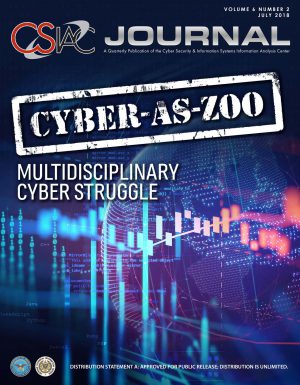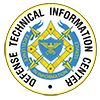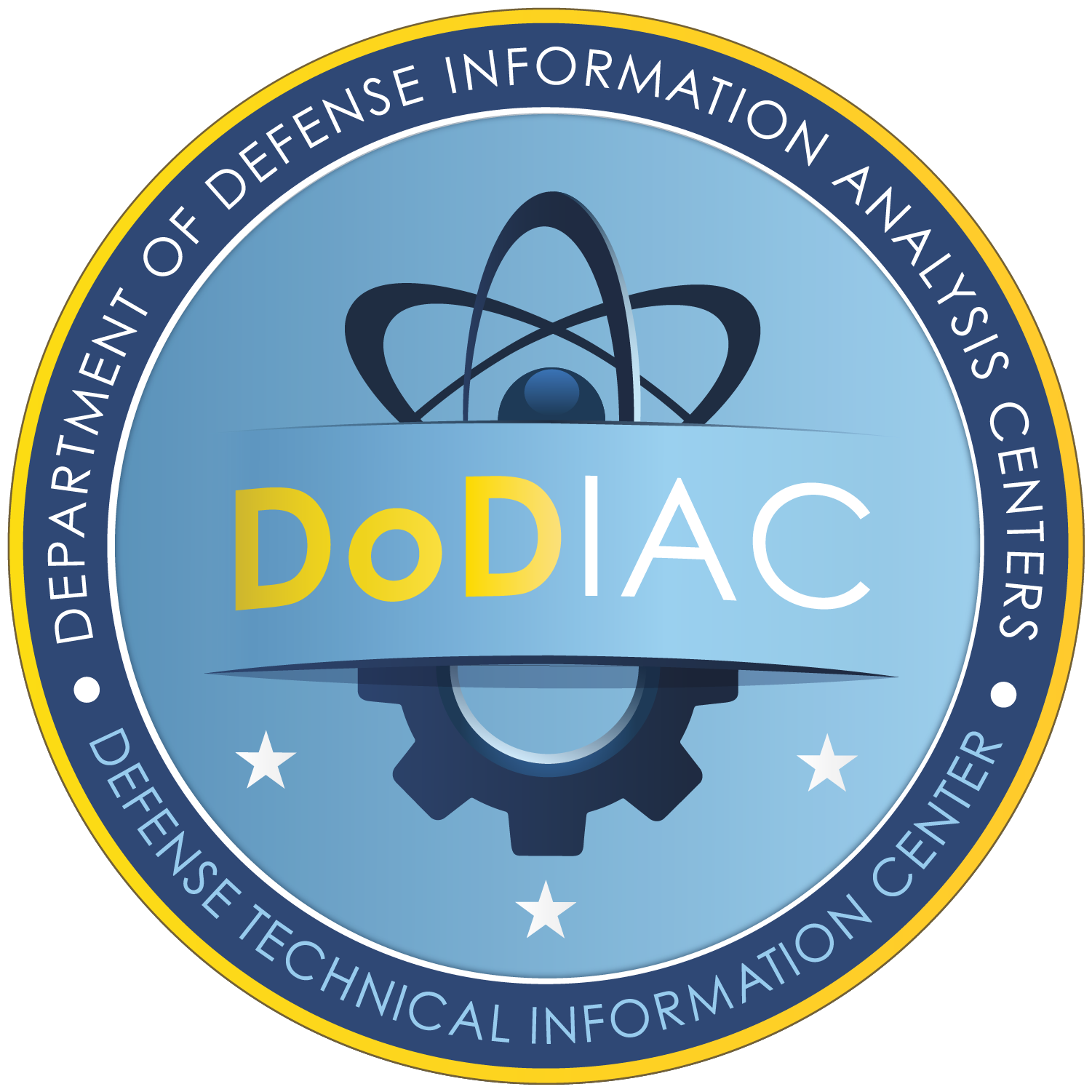an email newsletter released every month highlighting the latest articles, events, technical inquiries, and voices from the community
Summer 2018: Volume 6 Issue 2

Summer 2018: Volume 6 Issue 2
Published: August 9, 2018
Cyber-As-Zoo: Multidisciplinary Cyber Struggle
This quarter’s CSIAC Journal contains five articles that offer some perspectives to address the often-heard phrase “Cyber Is Hard”, usually associated with gnashing of teeth and exasperated sighs.
In particular, how can the Department of Defense deliver new concepts across the train/exercise/execute spectrum to provision cyber capabilities that can effectively address the rapidly changing world of cyber. To call cyber “multi-faceted” is too simple. Compared to the standard observation about near-sighted people observing an elephant in the room (everyone sees an aspect of the elephant, but nobody can see the whole animal), cyber is more like a zoo of animals in a room and the people are trying to find a single cage to put them in by collaborating on what their specific animals are like. Common ground is hard to find. Effectively moving forward involves smart people addressing as much as they can in their domain, while collaborating amongst themselves to share vocabulary and discover any possible higher-level common threads to help tie things together. The articles following cover many ideas and perspectives for the “cyber-as-zoo” we find ourselves in. The way ahead, unsurprisingly, is to maintain our focus on models and pragmatic demonstrations of practical aspects of cyber, while maintaining a dialogue and collaboration across domains. Over time, that approach will build a cyber terrain much like the modern equivalent of zoos, without cages – larger spaces, effective partitions, shared interactions where reasonable, higher-level understanding of relationships between domains.

